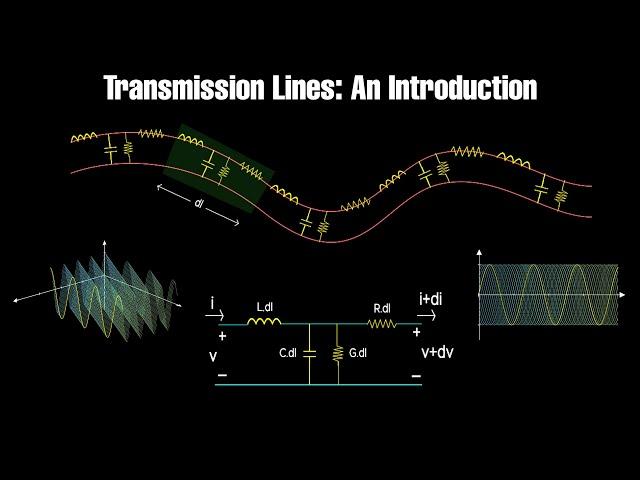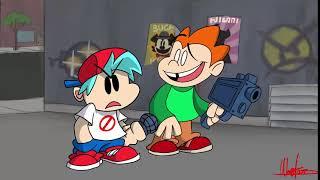Комментарии:

Studying this for my electrical engineering lab course, getting the visual intuition is great!
Ответить
🙏🙏🌹🌹🌹🌹
Ответить
Dude, this is insanely good, I was searching for such quality content for my Radio Frequency Course for 2-3 months. The 3b1b style of thumbnail made me click this. Thanks a ton !! Really helps ❤.
The lack of emphasise on conceptual depth in my college makes we wanna kill myself sometimes...
By the way, what softwares did you use to make this ?

You are great, please dont stop making these videos
Ответить
I understood what is alpha and beta thanks to you😁
Ответить
at 3.48 isnt it the opposite ? At low frequency an inductor reduces to a short and a capacitor to an open circuit
Ответить
This is amazing video explanation. Don't know how to say thanks to you! You are a god! Live longer and happy impacting people with your wonderful content! 🙏🙏
Ответить
why the bottom wire has no inductance and resistance
Ответить
Dont know how you get the formula of input impedance
Ответить
but when you talk about lumped circuit in low frequencies, why you say that inductance is equivalent to Open C, and capacitor to short C, is it not the inverse?
Ответить
EXCELENT! REally you solve an old problem that I had, and no one could answer me, THANKS THANKS THANKS
Ответить
what a wonderful explanation and a impressive understanding !
Ответить
Have we not taken into account the mutual inductance?
Ответить
I wish you'd explained the meaning of the characteristic impedance. You put a formula, but didn't give the definition or explain what it means.
Ответить
the feedback loop at the end is dope!
Ответить
So how much would be the wavelength of the signal in the transmission line?
Ответить
thumbs down for bad grammar and accent.
Ответить
Is transmission line theory for AC currents?
Ответить
You has been made an awesome stuff!
Ответить
Thank you
Ответить
DUDE! You make some AWESOME content! Thank you! I shared this with a whole BUNCH of Amateur Radio friends!
Ответить
Your presentation style is top notch, sir! Very nice! And you seem very knowledgeable. I'm just an electronics tech, but I'm supposed to understand the basic stuff, I figure. A voltage waveform makes perfect sense to me, but not a current waveform; they don't seem like different things to me. Voltage makes current flow, so the current accompanies the voltage like a side-effect, when the circuit is closed; they are inseparable. I figure I must be wrong, but I don't see where. We were taught that "drift current" is not electric current, this latter transacting at near-light speeds, whereas drift current might take an hour to travel an inch. It is current flow that engenders "resistance"; voltage, or charge, doesn't encounter the same sort of resistance. But it makes intuitive sense for me to imagine that it's this drift current that is organized and motivated by the voltage differential to become electric current flow in a complete circuit.
Ответить
Thank you.
Ответить
Excellent!! visualizations. I had always struggled with EM Theory and this makes me want to learn more now. I was not clear on what the characteristic impedance was.
Ответить
Finally someone like @3blue1brown in Electrical engineering
Ответить
This is the 4th or 5th video on your channel I watched. Your explanations are great, straight to the point!
Ответить
bro i want to connect with you on linkedin share your linkedin id
Ответить
Neat stuff, keep it going
Ответить
Amazing explanations! The best I've seen so far
Ответить
Explained the concept in a great way 👍. And l like the feedback network in the end
Ответить
Great video. Keep it up
Ответить


























